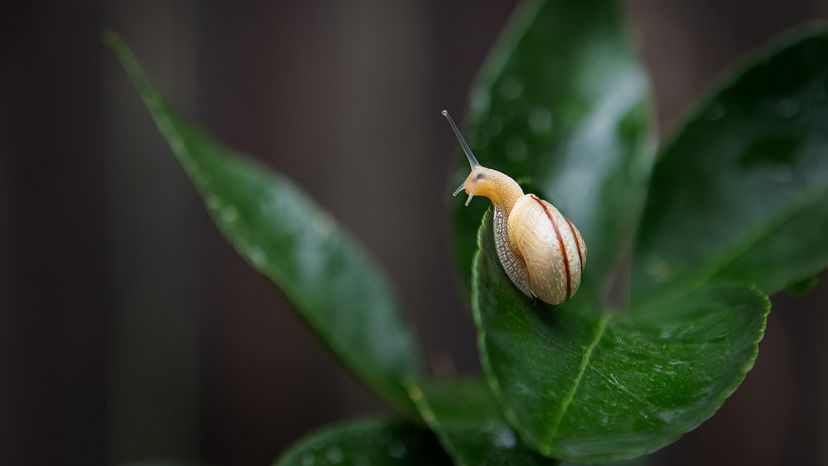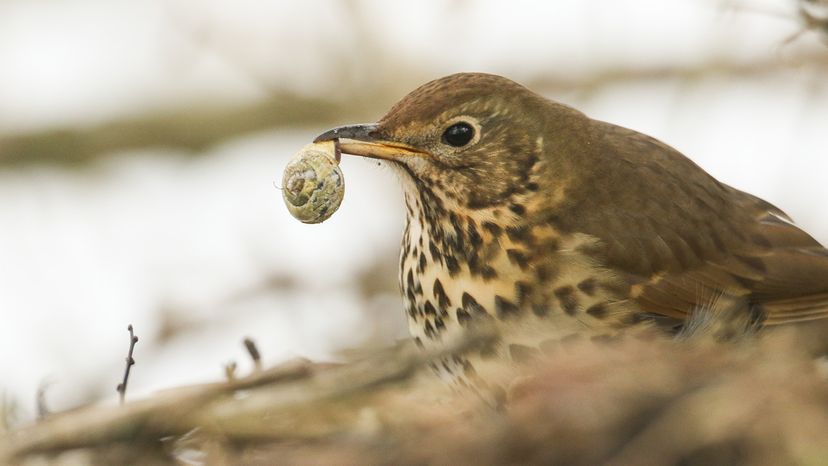There are thousands of snail species and slug species worldwide. Slugs found in gardens are usually a few inches long, while the largest snail species can have shells over 12 inches (30 cm) across.
Most gastropods develop a shell in the early stages of life, but many slugs lose the shell by adulthood.
Whether coiled shells or no shells at all, gastropods have adapted to survive in diverse environments, including deep oceans to backyard gardens.
We created this article in conjunction with AI technology, then made sure it was fact-checked and edited by a HowStuffWorks editor.


